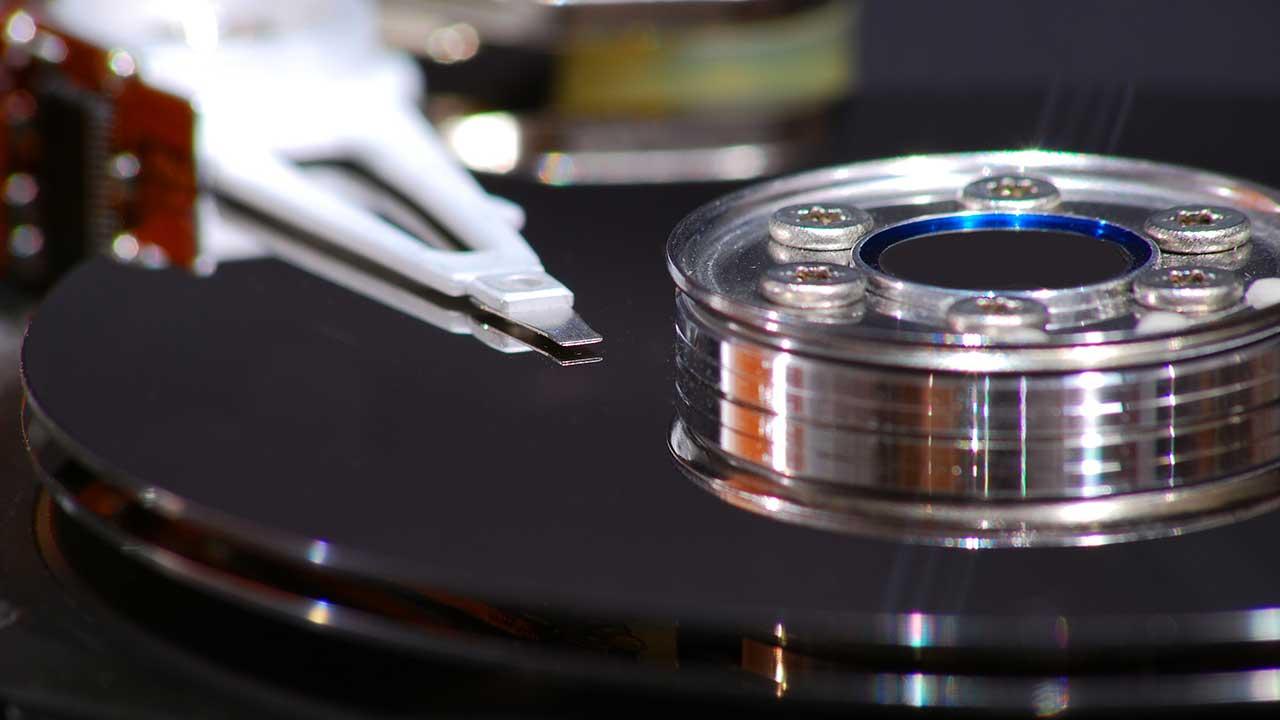Migraine affects more than 1.1 billion people – one in seven – worldwide, making it one of the most prevalent diseases, according to data from the Spanish Society of Neurology (SEN), which also indicate that in Spain there are more than five million people who suffer from the disease and that, of these, more than 1.5 million suffer from it in its chronic form, that is, they have headaches more than 15 days a month.
Triptans, a medication commonly offered as an alternative to painkillers for the relief of this condition, have been shown to be the most effective treatment for adults suffering from acute migraines. This is the conclusion reached by a recent study published in The BMJ, which compared 17 oral medications commonly used for the treatment of migraine, recruiting more than 89,000 participants.
The work was led by Professor Andrea Cipriani, Professor of Psychiatry at the University of Oxford and Director of the Oxford Precision Psychiatry Laboratory and the Oxford Health Clinical Research Facility, together with a team of researchers from across Europe, and presents results from the international AMADEUS (Acute Migraine Attacks: Differential Effects of Individual Medications) study, funded by the Oxford Health Biomedical Research Centre and the Lundbeck Foundation.
Fast and long-lasting migraine pain relief
Professor Cipriani stressed that “triptans that have shown the best results should be considered as the preferred option for treating migraine episodes, thanks to their ability to provide rapid and long-lasting pain relief.” “Our findings pave the way for a precision medicine approach in clinical practice and should be used to help update future guidelines on acute migraine treatments, ensuring that patients receive the best possible care.”
Eletriptan, rizatriptan, sumatriptan, and zolmitriptan showed the greatest efficacy in relieving migraine pain at two hours and in maintaining that relief for 24 hours.
Triptans are a group of medications that are often prescribed when conventional painkillers don’t work. They have a distinct mechanism of action, as they mimic the action of serotonin, also known as 5-hydroxytryptamine. Specifically, eletriptan, rizatriptan, sumatriptan, and zolmitriptan showed the greatest efficacy in relieving pain at two hours and in maintaining that relief for 24 hours.
The study also compared newer drugs such as lasmiditan, rimegepant and ubrogepant, which showed similar efficacy to non-steroidal anti-inflammatory drugs (NSAIDs) and paracetamol, although they were not as effective as triptans. Ibuprofen also emerged as a relevant option for providing sustained pain relief for 24 hours after administration.
“Triptans are currently severely underused. The superior performance of triptans over newer, more expensive drugs presents a path forward for cost-effective and accessible treatment for migraine worldwide,” Professor Cipriani concluded.









